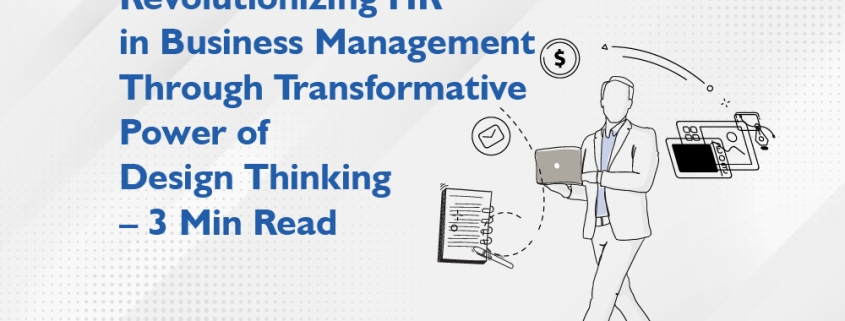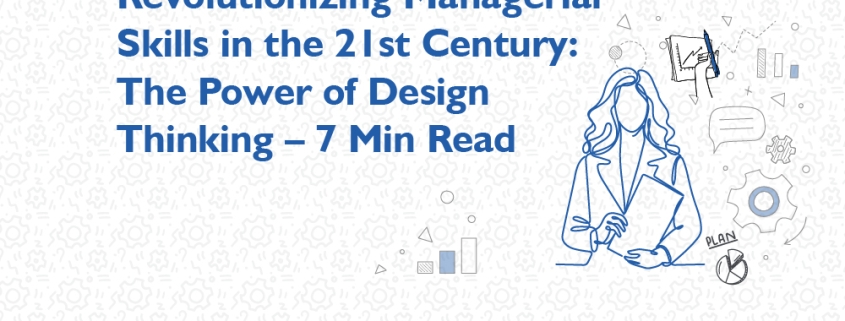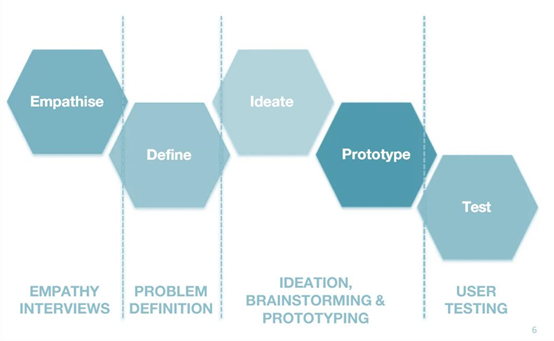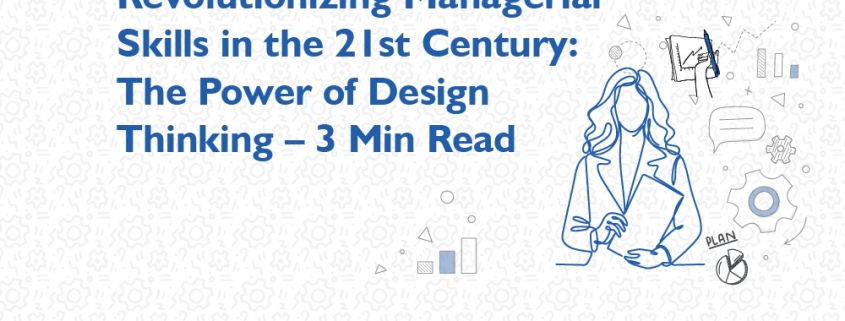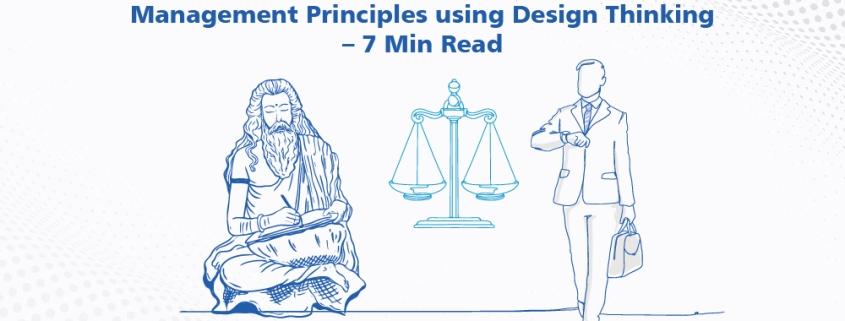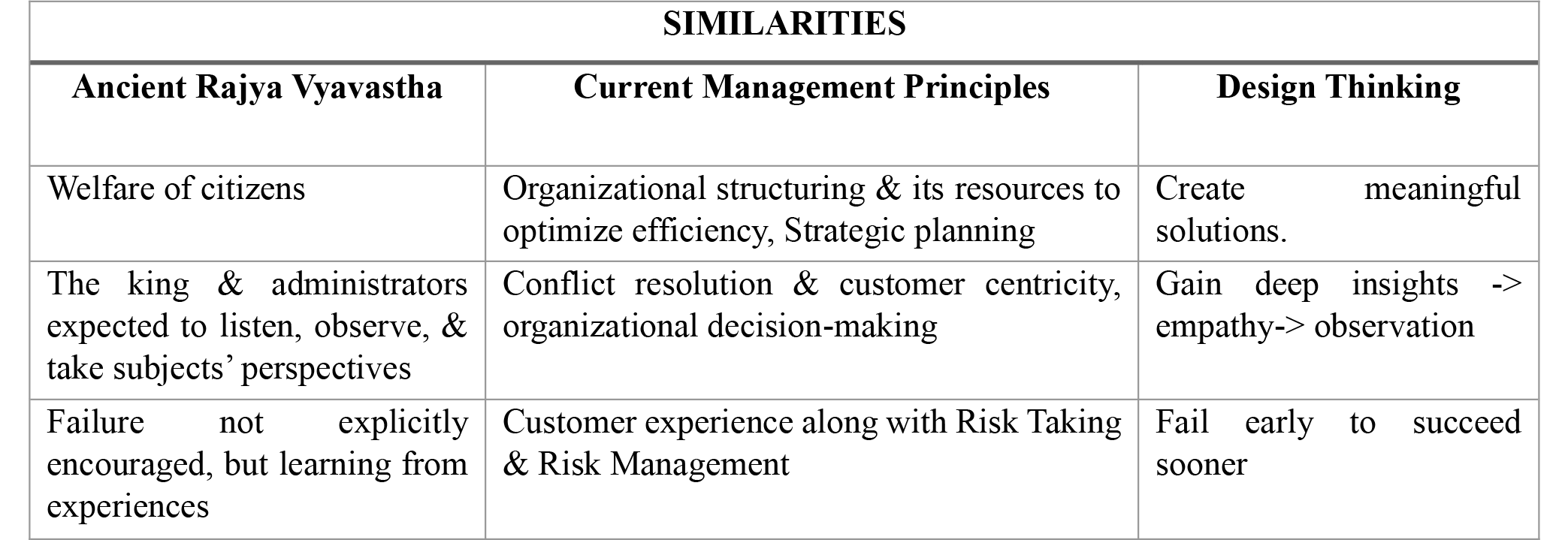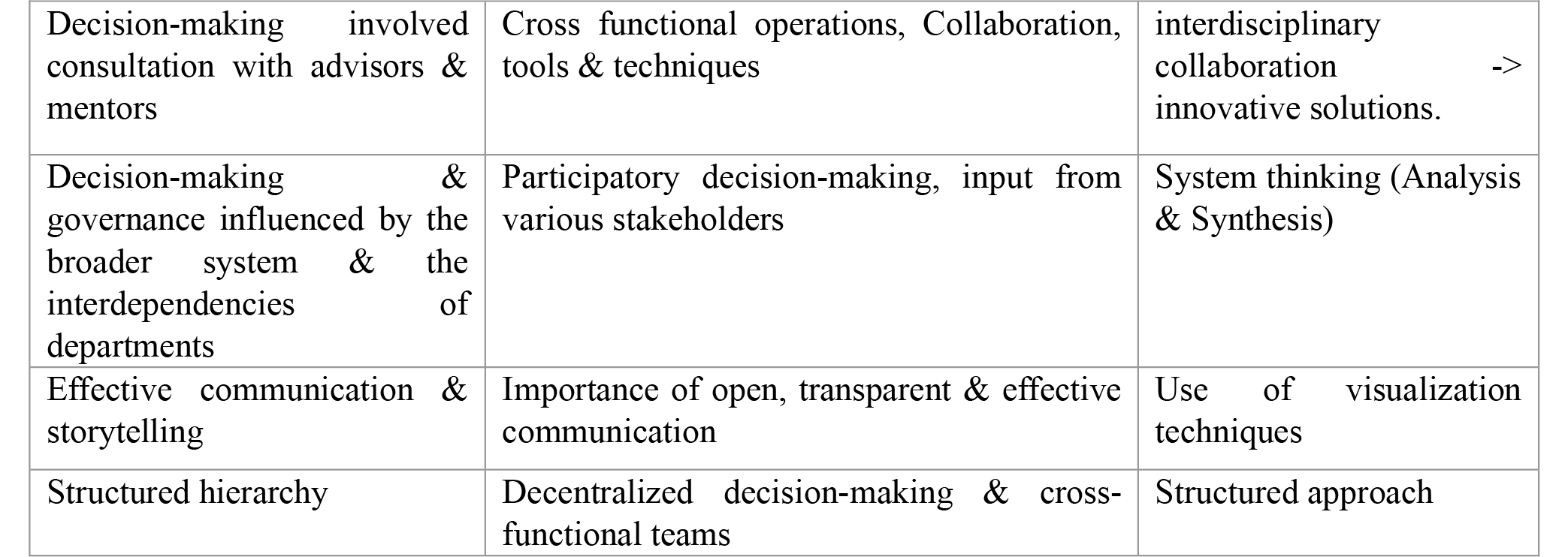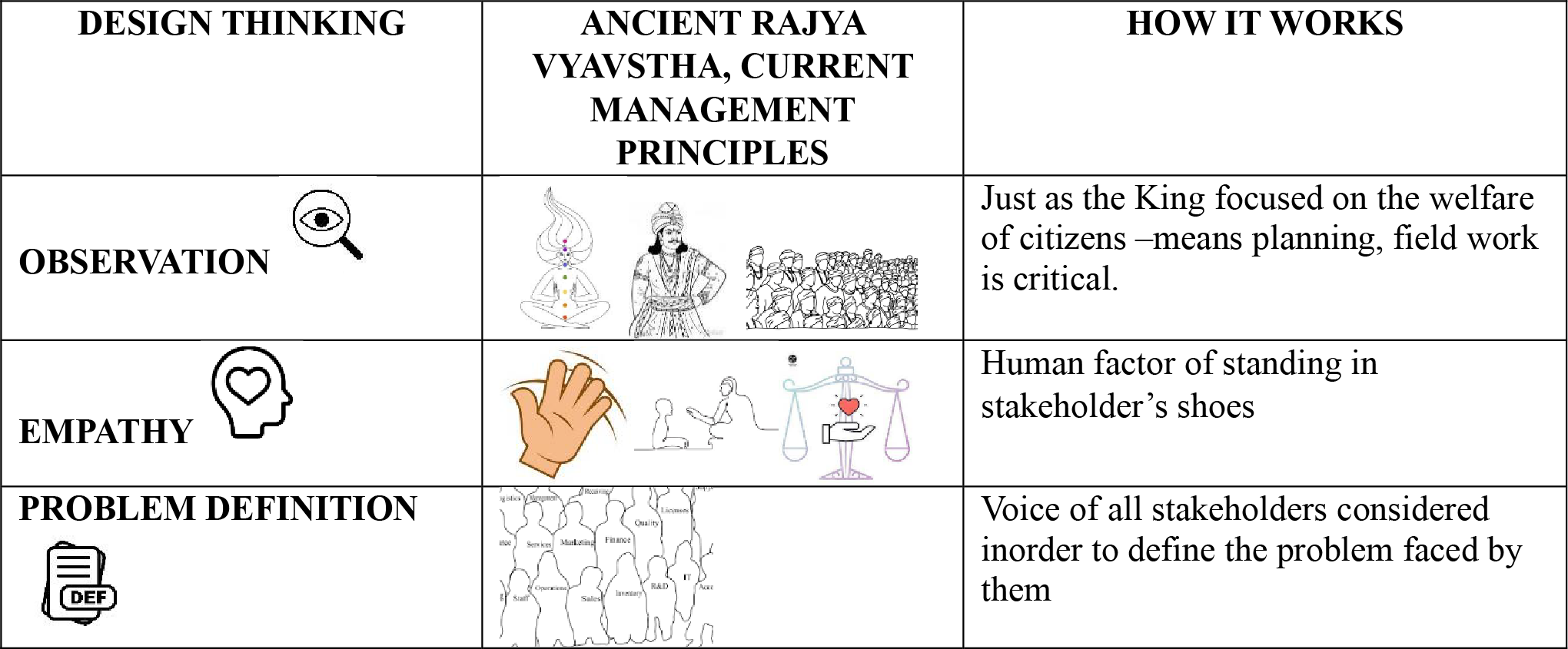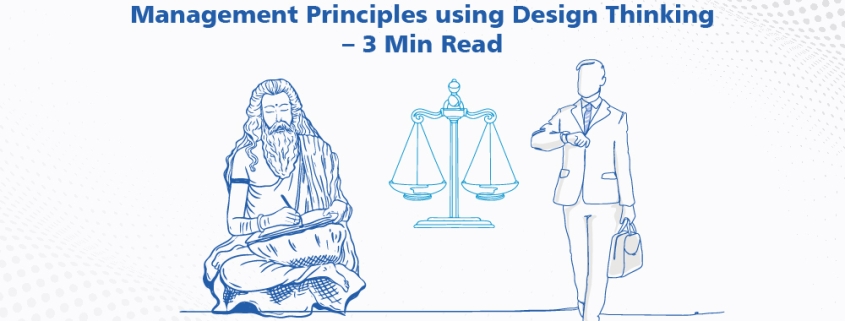STARTUP TEAM
Introduction
In the metropolis of Bengaluru, in the middle of the vibrant landscape of innovation and entrepreneurship, a group of aspiring students from a prestigious management institute gathered for this session.
As part of a dynamic startup program, these students embarked on a journey to delve into the fundamental elements of startup success.
Led by industry expert and seasoned entrepreneur, comprising of Team Explorra; this specific session dwelled on a crucial aspect: the composition of an ideal startup teams.
What kinds of teams are indispensable for startups to thrive in today’s competitive landscape?
“When you are in a startup, the first ten people will determine whether the company succeeds or not” – Steve Jobs
In the fast-paced world of startups, success often hinges on the collective efforts of a dedicated team. Assembling the right team is not merely a matter of hiring individuals; it’s about curating a diverse blend of high performance, skills, experiences, and perspectives to navigate the turbulent waters of entrepreneurship. Each member plays a pivotal role in steering the startup towards growth and sustainability. Understanding the significance of team composition is crucial for startups striving to carve their niche in competitive markets and realize their ambitious visions.
Team with Tasks
Students engaged in a series of sequential tasks encompassing both individual and group exercises, aimed at familiarizing themselves with their team members’ strengths, weaknesses, and skills.
They learned how to effectively recruit team members using both objective and subjective methods; and then encouraged to evaluate their peers using a 1 to 10 rating scale across various criteria such as,
- Domain expertise, product/service creation proficiency, business acumen including operational and scalability aspects.
- The other aspect emphasized the importance of possessing the ability to listen, empathising, comprehend, and adapt to stakeholder perspectives. Range of tools and frameworks from the subject aspects of human persona.
- Alongside the necessity for startup teams to remain adaptable and iterative in response to evolving market conditions while executing their plans.
Furthermore, students were briefed on the diverse roles and responsibilities within a startup team, including board members, advisors and mentors from both academic and industry backgrounds, visionary leaders, technical experts, CEOs/COOs, individuals proficient in HR, PR, finance, as well as those specializing in project planning and documentation.
Subsequently, they were tasked with assembling their own startup teams, identifying suitable candidates for each role, detailing their skills, and portraying their defining characteristics.
Students were encouraged to assess whether they possessed the requisite team members and, if not, to proactively establish connections within the industry or among peers, family, and friends possessing the necessary skills to complement their team. They needed to zealously communicate with people so as to enthuse them to join their vision.
Conclusion
The session highlighted the following:
- Importance of team composition in the success of startups
- Best way to hire the team members
- Rating team members in terms of various parameter
- Mapping Strengths and weakness and skills of team members
- Core team and extended team formation
- Ways of hiring
- Ways of salary, incentives, sops etc.
Through engaging tasks and discussions, students gained insights into the significance of diversity, adaptability, and collective effort in navigating the challenges of entrepreneurship in context of startup teams.
Call to Action
Equipped with newfound knowledge and understanding, it was then time for these students to get into action and form their startup teams. Each team was supposed to include one expert from their college and two experts from the industry. By doing so, they would build dynamic teams ready to transform their ambitious visions into reality, navigating the competitive terrain of startups towards success.
The session included, team related videos, case studies, best practices, giving them key aspects, and variety of tasks that were to be done during the class, post class, on the field and post field.









